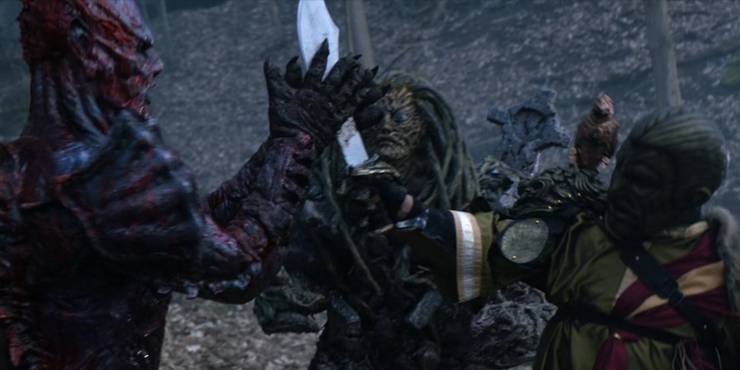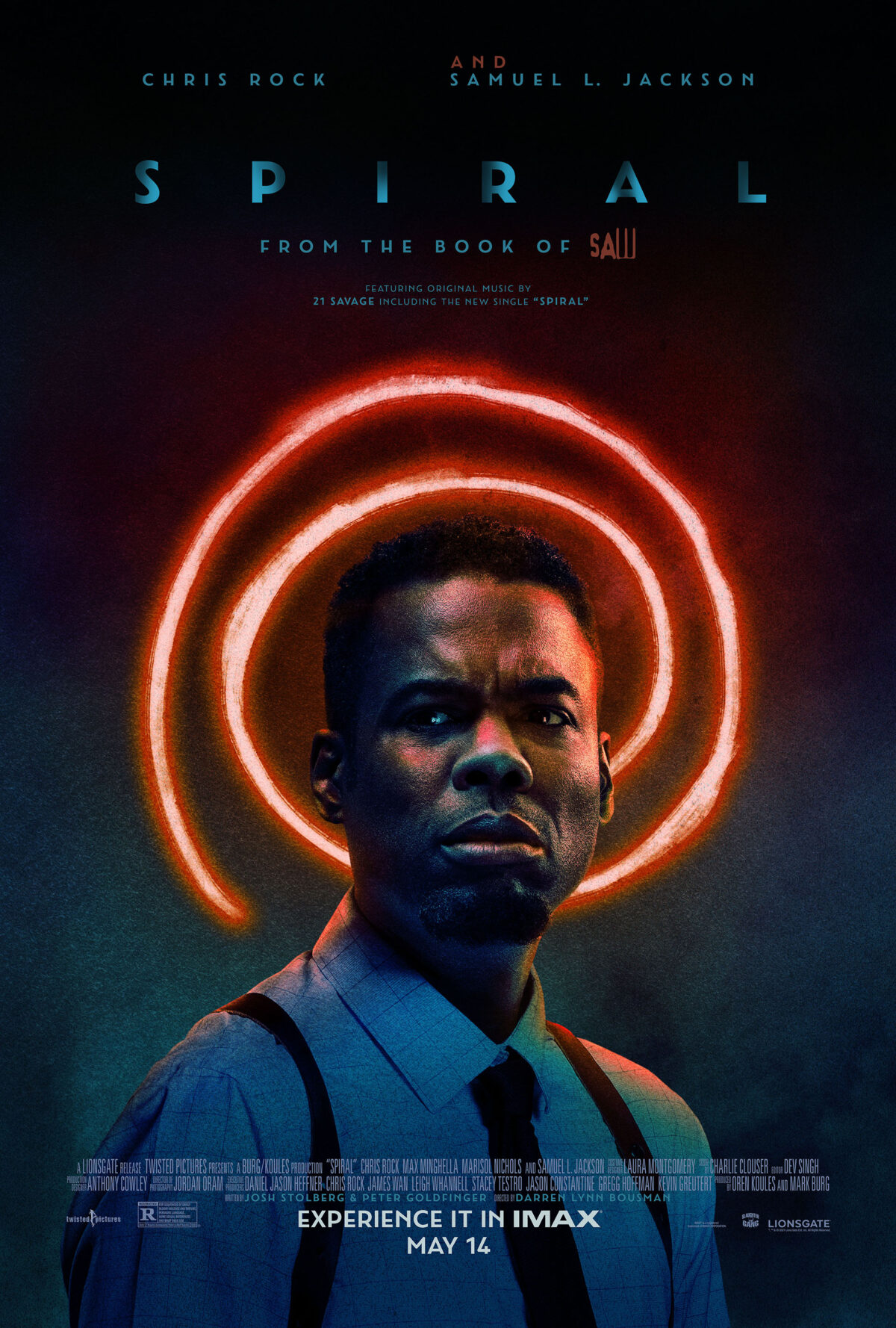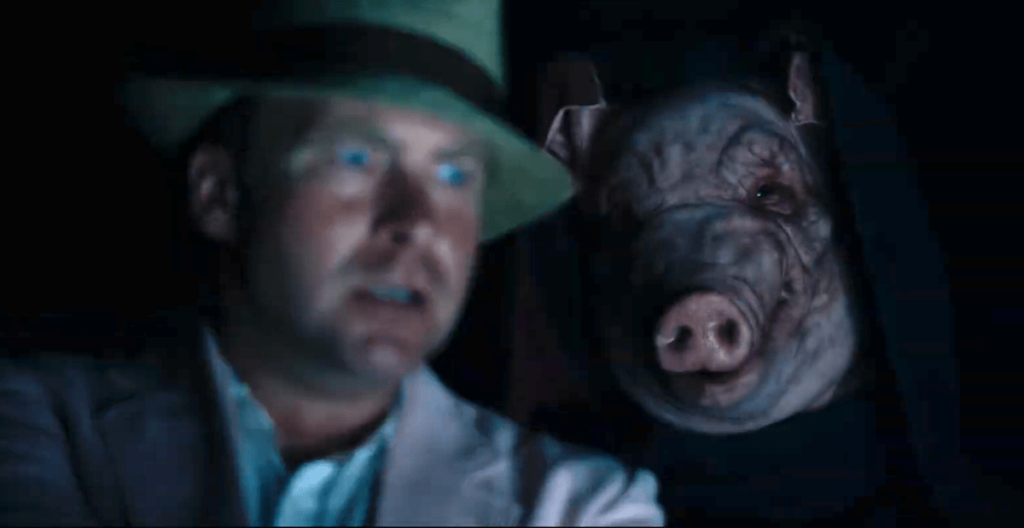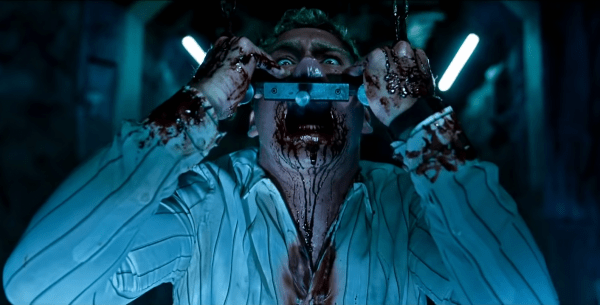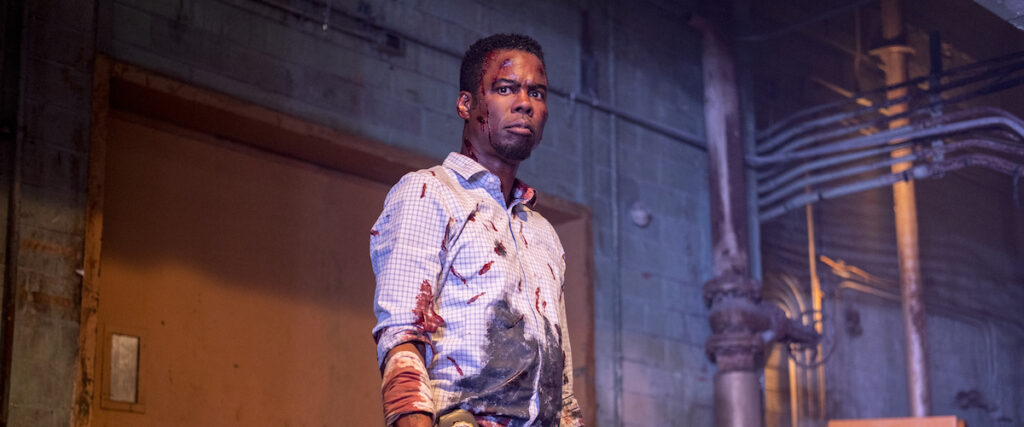2021 Festival Review- Wyvern Hill

Entwining a rich story of loss, both through the self and otherwise is Wyvern Hill, a haunting analogy of what it means to be astray in a world of uncertainty. Manifesting the film’s harrowing expressions is director Jonathan Zaurin, and writer Keith Temple. Together Temple and Zaurin leave a lingering mark on the traditional haunted house narrative. But, do not be fooled, although Wyvern Hill may invest in the exterior of an archetypal ghost story, what lies beneath the surface is a dispiriting feast of bodily betrayal and a disjointed sense of reality.
We follow Beth (Pat Garett), an older woman who is exhibiting the early signs of Alzheimer’s. Her daughter Jess (Ellie Jeffreys), and son in law Connor (Pete Bird) have a difficult time trying to accept Beth’s fate as she is all one her own. To combat the ‘inevitable’ they purchase an old country house on Wyvern Hill so that they can ensure comfort in her darkest days. However, instead of settling comfortably Beth begins to experience strange visions of an unknown past.

Wyvern Hill sways in and out of what we can perceive as reality. Cinema (particularly horror) that is brave enough to grip onto mental decay as its catalyst generally uses a sense of familiarity and reality as a contrast; when one suffers with Alzhermers they may experience confusion over time and place as well as a loss of their own past and present memories. On screen this diffusion of the self typically portrays the false memories and confusion as clear cut, there is no doubt that what we see is simply a figment of the individual imagination, however Zaurin refuses to create an easy path for us. Beth’s ‘false’ perceptions are not easily distinguishable, instead we are lost whilst watching. There is nothing that we can trust, creating a vicious sense of agitation and anxiety.

Furthering this terrifying perplexity is the exploration of the films’ joining’ subplot. Wyvern Hill somehow manages to create an idyllic marriage of a haunting tale of isolating identity and a gory slasher with a tastefully bloody ambience. The film is not emotionally chronological as it relishes in juxtaposing a sanity-exploring narrative with a dishevelled festival of carnage. This revelation is best left as a surprise, so I’ll spare the plot spoilers, but be prepared for a ferocious parade of the abyss, particularly shown in the opening scene.
Within minutes we are shown a masked assailant prodding at a lifeless body and lifting it up like a puppet on a string, whilst slimy maggots squirm around leftover body parts. The imagery is not only a visceral shock, but also a tortuous insight warning us that this is no ordinary film. Before you ponder over the amalgamation of themes, know that this slasher-esque essence fits in with the rural drama elements like a perfect puzzle.
Zaurin’s purposeful trickery is one of the film’s most creditable elements that I have yet to see in any other film, there is no spoon-feeding, we are on our own. Wyvern Hill is a feast for the senses, cementing its statue as a film to be remembered.
You can check out the world premiere of Wyvern Hill on Friday 24th September 2021 at this years fest, tickets and details here.

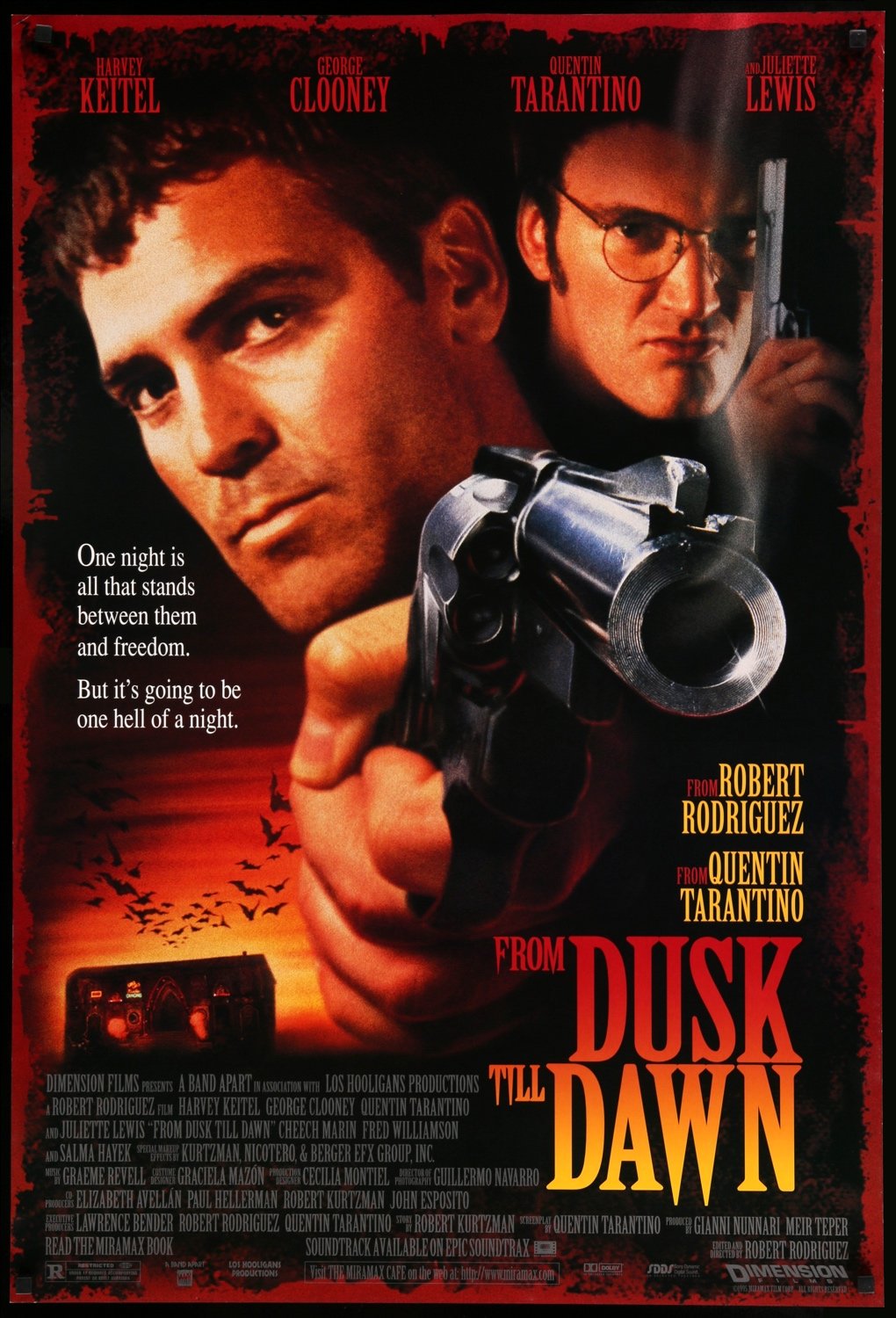
![From Dusk Till Dawn [25 Year Retrospective]: Okay Vampire Killers… - Bombshells & Blueshells](https://bombshellsandblueshells.com/wp-content/uploads/2021/01/From-Dusk-till-Dawn.jpg)


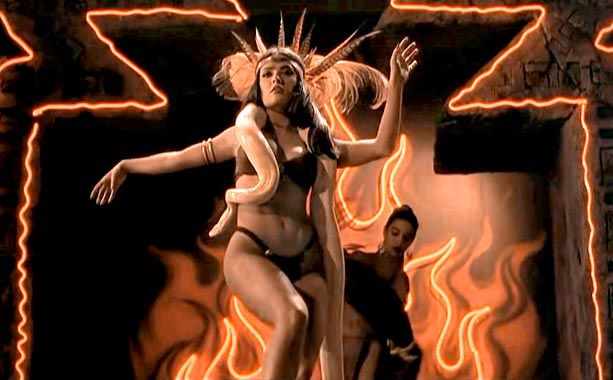
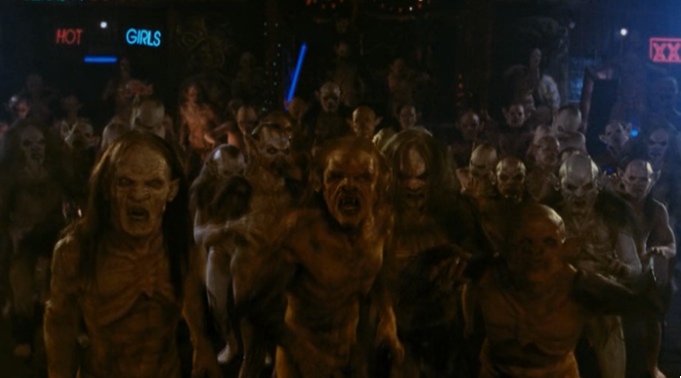

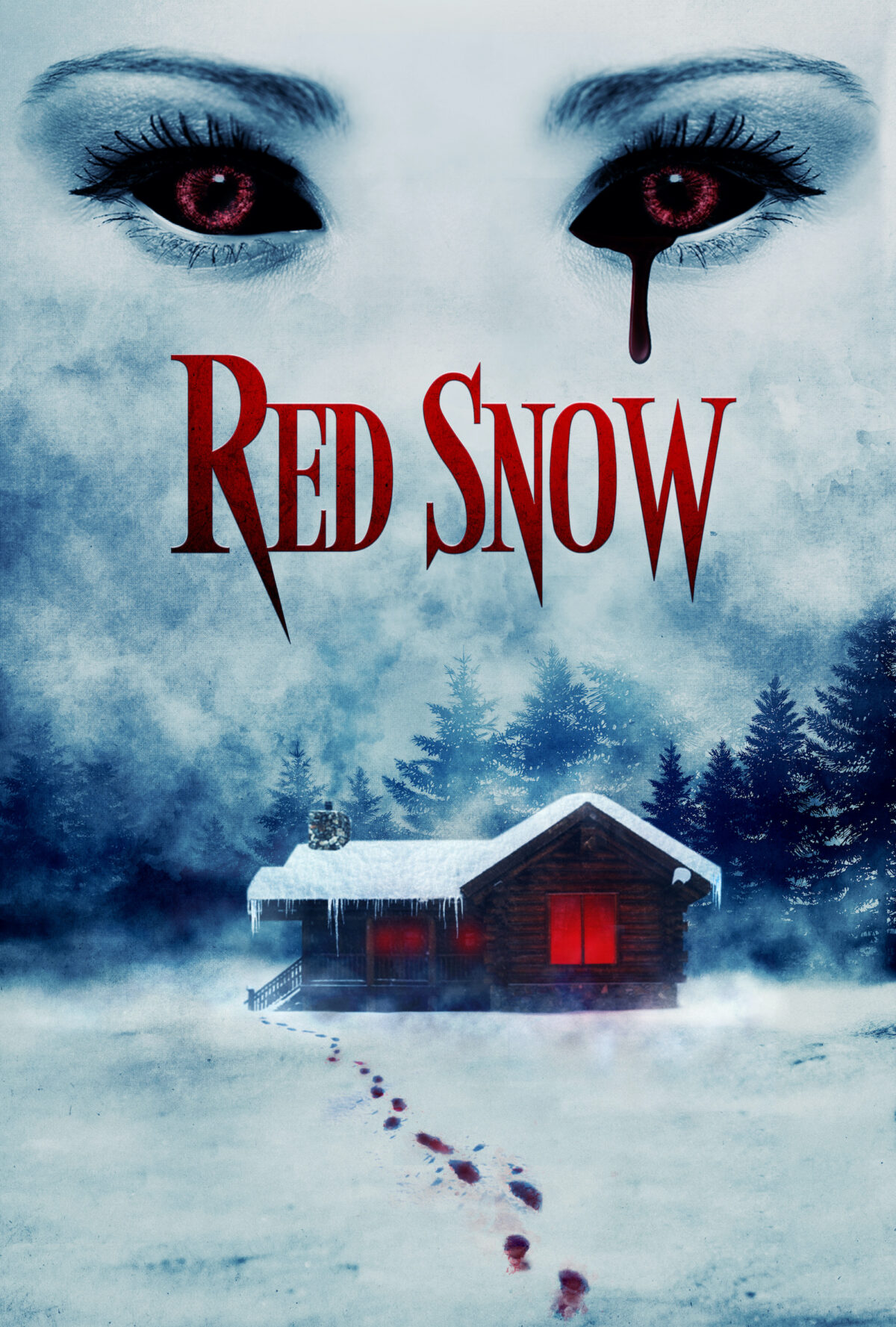



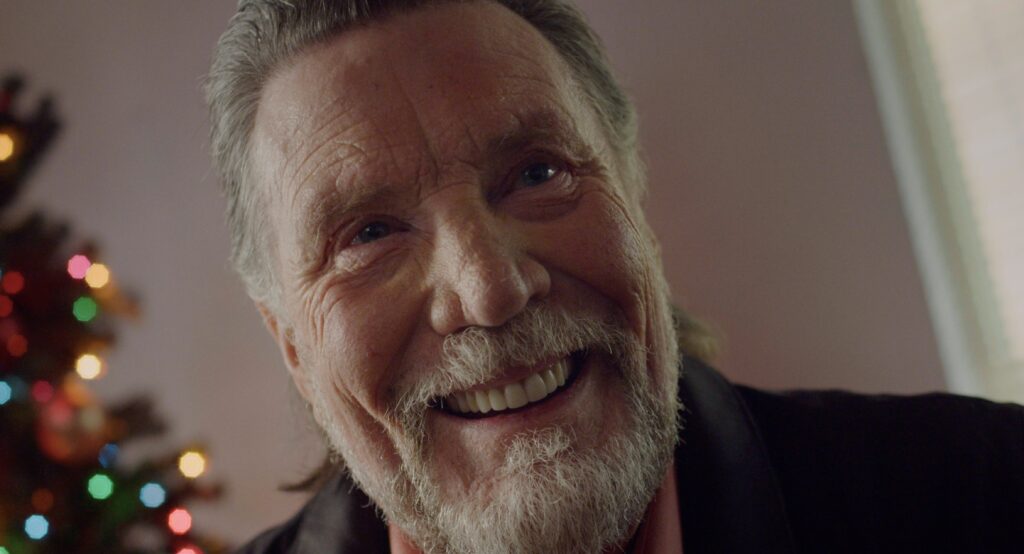


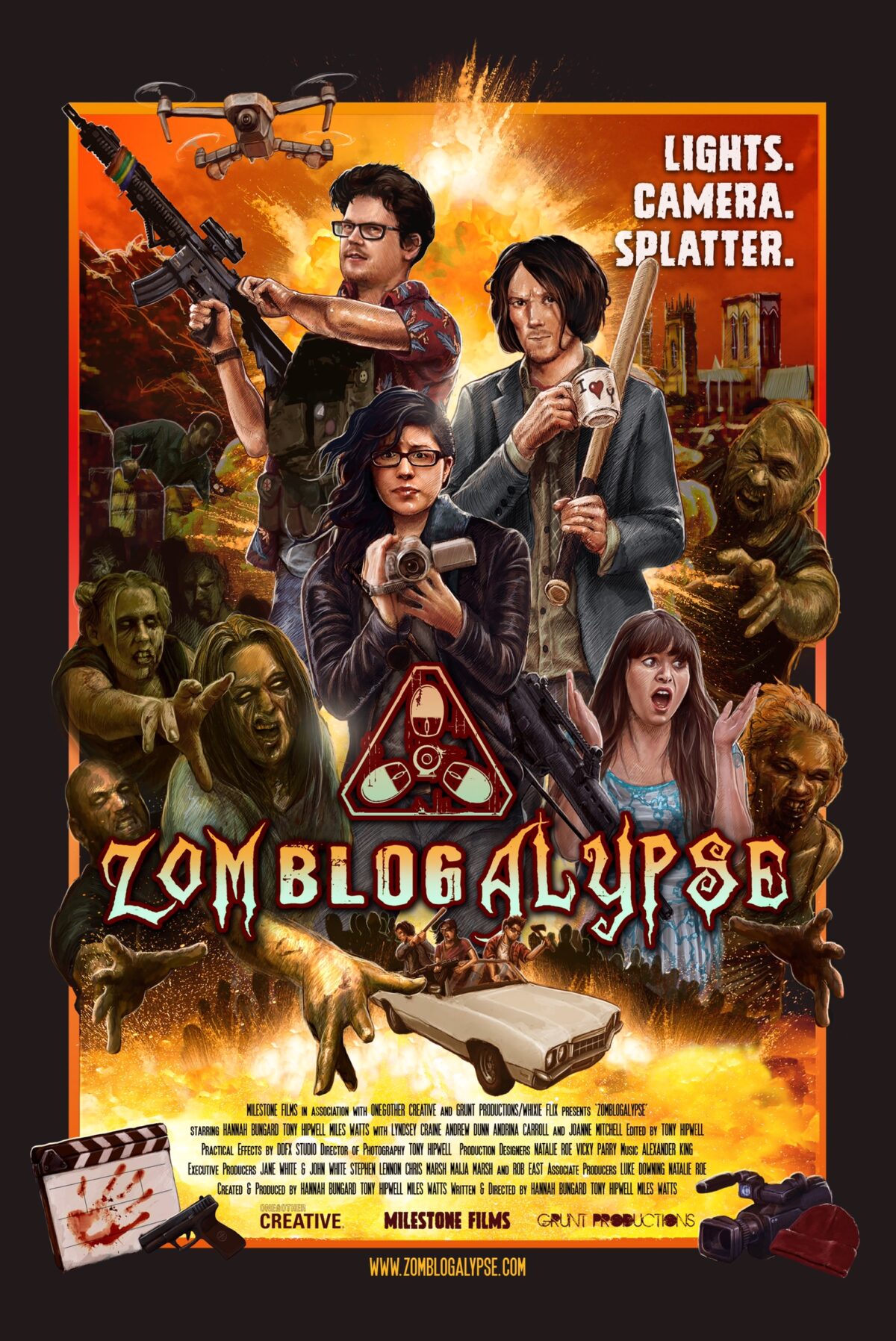
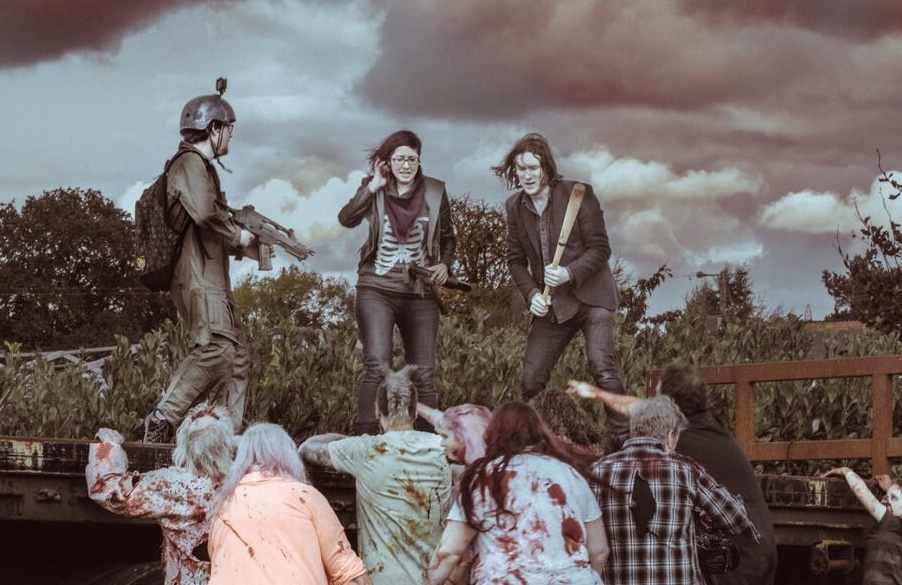

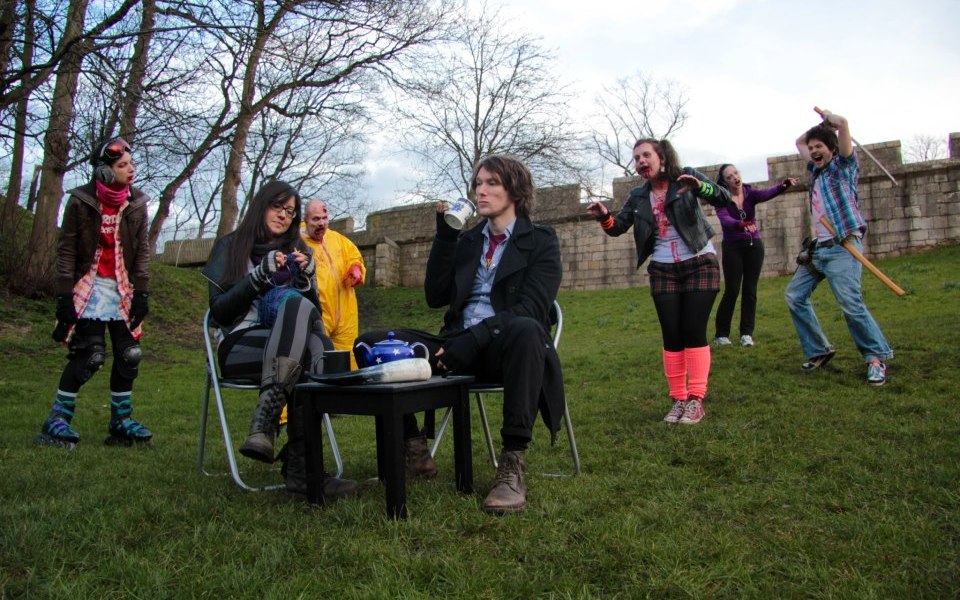



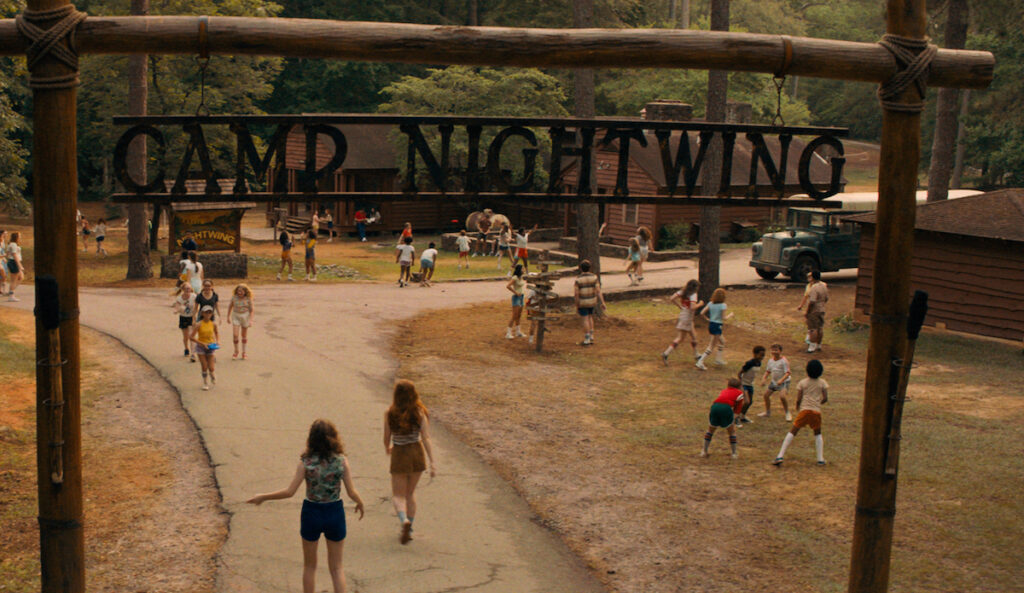


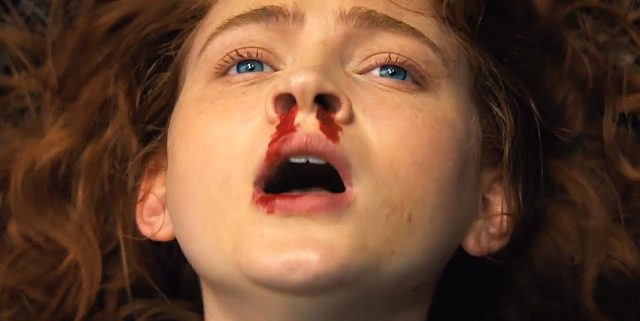

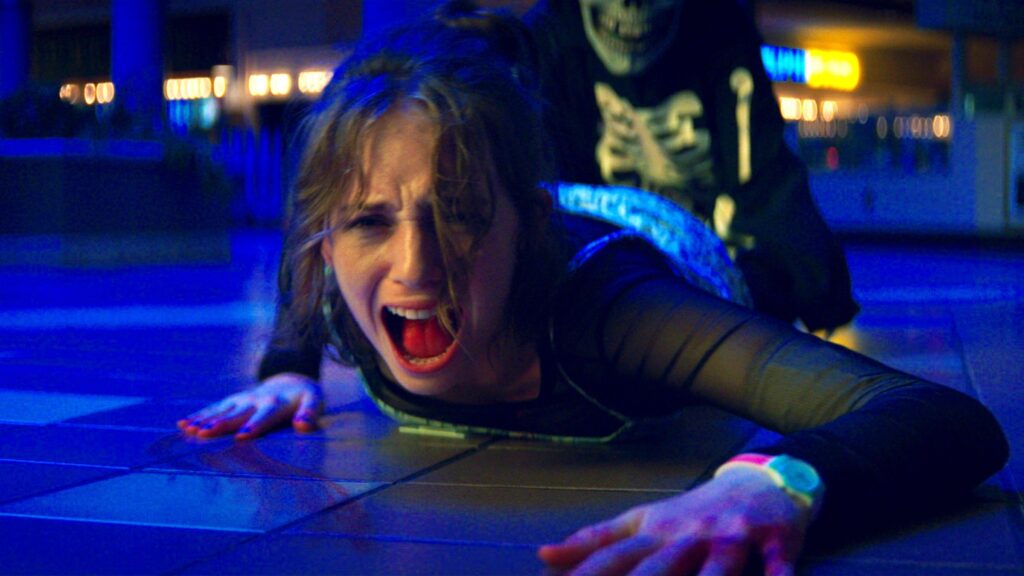









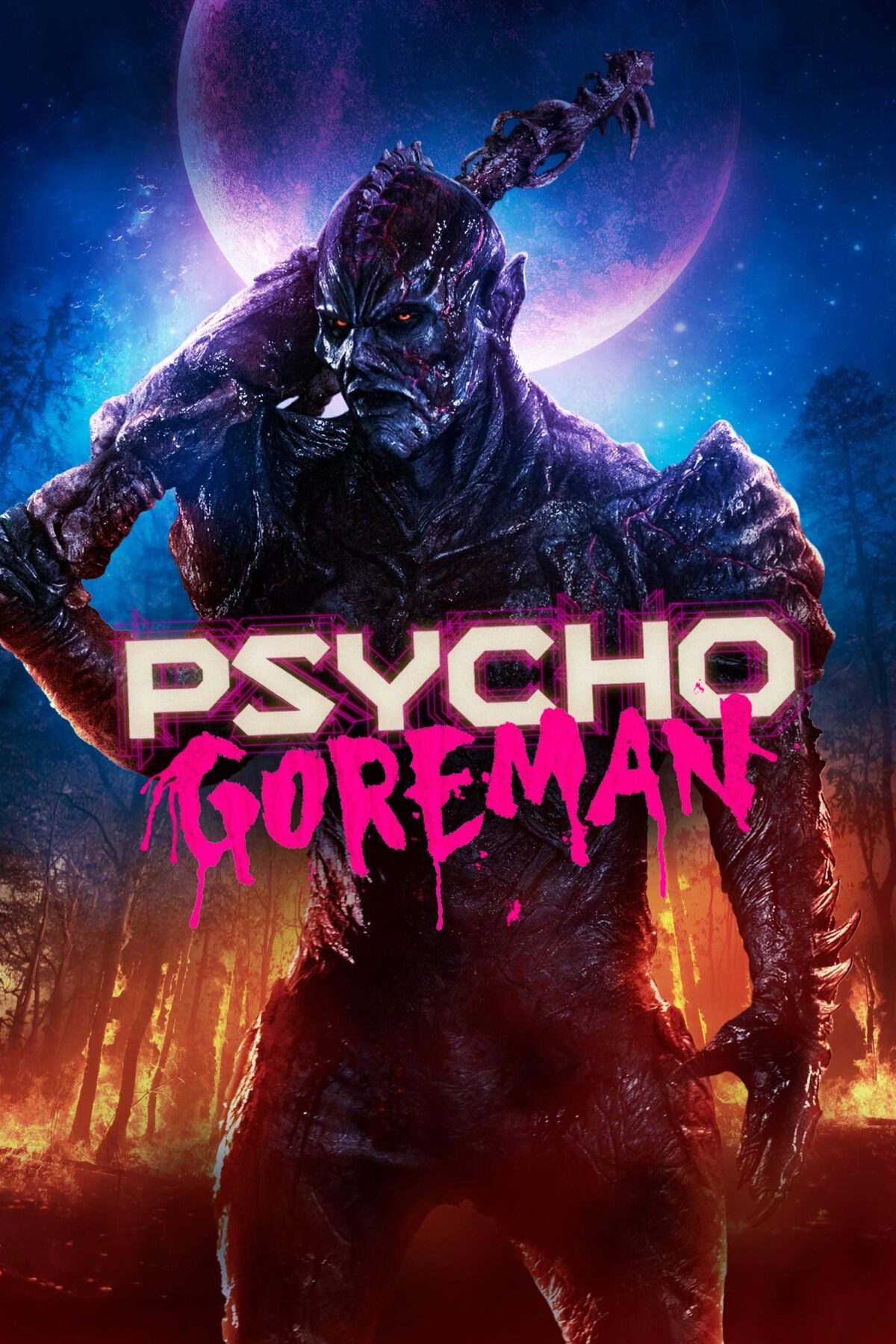

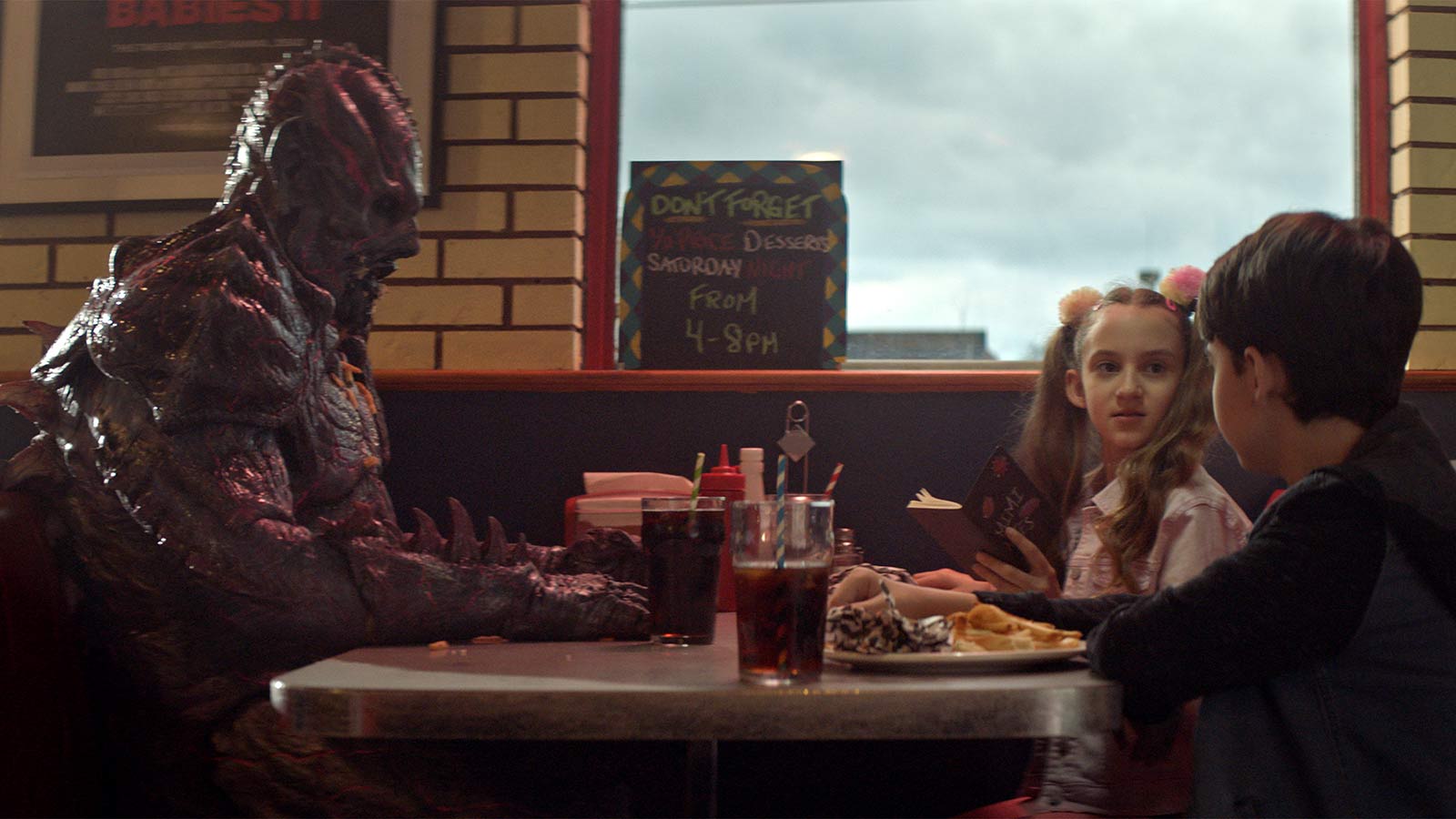
![Review] 'Psycho Goreman' Puts Emphasis on Goofy Gory Fun - Bloody Disgusting](https://bloody-disgusting.com/wp-content/uploads/2020/02/Screen-Shot-2020-02-04-at-10.06.56-AM-e1580832496529.png)
